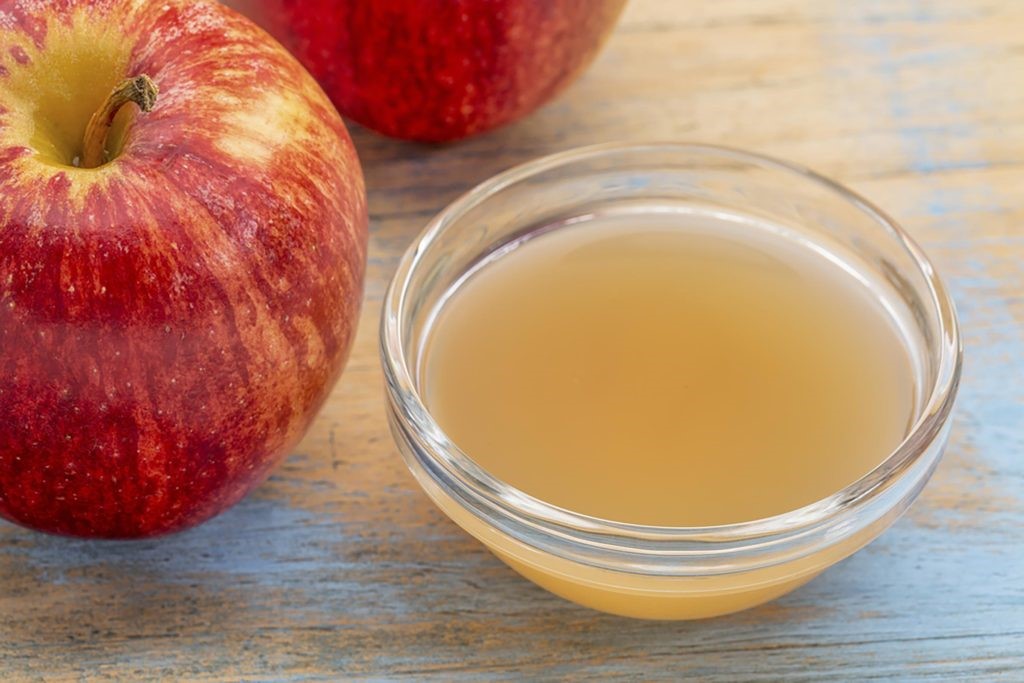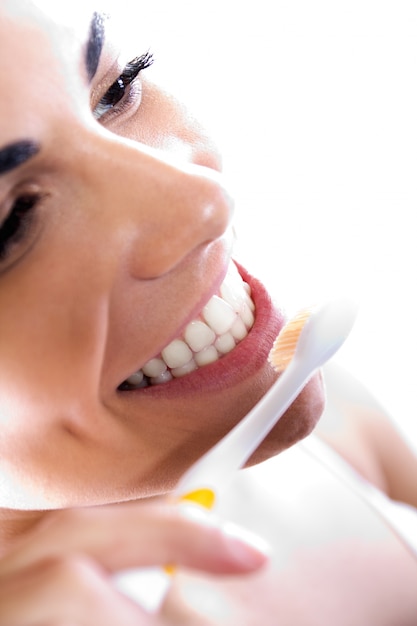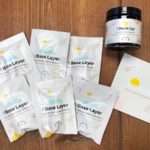We hope you love the products we recommend! Just so you know, Trendy Mami may collect a share of sales or other compensations from the links on this page.
–
Spring is finally here! The days are getting longer, the sun is shining brighter, and it’s the perfect time to shed those winter layers and embrace the outdoors. Whether you’re planning picnics in the park, barbecues with friends, or simply enjoying the fresh air, looking and feeling your best is a great way to kick off the season.
One thing that can instantly boost your confidence and make you feel radiant is a bright, white smile. But let’s be honest, fitting in a dentist visit for teeth whitening can feel like a challenge in our busy lives.
Here are four easy and effective DIY methods to whiten your teeth at home, all without the hassle of scheduling an appointment. And if you’re in need of a quick solution, Cocofloss is the very best teeth cleaning solution for both kids and adults. You’re left with healthy gums, fresh breath, and a sparkling smile.
Here are four at home solutions to whiten and brighten your teeth….no wait at the dentist office required!
1. Baking soda and Strawberries for your smile

This DIY method combines the gentle cleansing power of baking soda with the natural bleaching properties of strawberries to help brighten your smile over time. Here’s what you’ll need:
- One ripe strawberry
- 1/2 teaspoon baking soda
- Soft-bristled toothbrush
Instructions:
- Mash the strawberry into a paste using a spoon or fork.
- Mix the mashed strawberry with the baking soda to create a thick consistency.
- Apply the mixture to your toothbrush and brush your teeth gently for 2 minutes. Pay particular attention to stained areas.
- Rinse your mouth thoroughly with water to remove the mixture.
Important reminders:
- Do not use this mixture more than once or twice a week, as overuse of baking soda can erode tooth enamel.
- Be gentle while brushing, as the baking soda can be slightly abrasive.
- This method is not a substitute for professional teeth whitening. It may take several weeks of consistent use to see any noticeable results.
How it works:
- Baking soda: This mild abrasive gently removes surface stains from your teeth without damaging the enamel. Its alkaline properties can also help neutralize plaque acids and prevent bacterial growth.
- Strawberries: They contain malic acid, a natural bleaching agent that can help break down surface stains on teeth. However, it’s important to note that the malic acid concentration in strawberries is relatively low, so significant whitening effects may take longer to achieve.
Remember, this is a natural alternative, and results may vary depending on the individual. If you experience any teeth sensitivity, discontinue use and consult your dentist.
2. Apple cider vinegar

While apple cider vinegar (ACV) has gained popularity as a natural teeth whitener, it’s important to approach this method with caution due to its acidity. Here’s how to use it, along with important safety information:
How to use:
- Dilute one teaspoon of apple cider vinegar with a cup of water.
- Gently swish the solution in your mouth for one minute.
- Spit and rinse thoroughly with plain water.
Important warnings:
- Limit use to once a week at most. The acidity in ACV can erode tooth enamel over time, leading to increased sensitivity and potential damage.
- Never brush your teeth directly with ACV. This can further increase the risk of enamel erosion.
- Wait at least 30 minutes after using ACV before brushing your teeth. This allows your saliva to neutralize the acidity and protect your enamel.
- Be mindful of potential side effects. Some people may experience tooth sensitivity or gum irritation when using ACV. If you experience any discomfort, discontinue use and consult your dentist.
How it works:
- ACV’s acidity may help loosen and remove surface stains from teeth. However, the evidence for its effectiveness in teeth whitening is limited and inconclusive.
- While ACV may have some antibacterial properties, it’s not a substitute for proper oral hygiene practices like brushing and flossing.
Remember:
- Consulting your dentist before trying any at-home whitening methods is always recommended. They can advise you on the safest and most effective options for your individual needs.
- Natural alternatives like ACV may seem appealing, but their safety and effectiveness can be questionable. Prioritize your oral health by using these methods cautiously and responsibly.
3. Kaolin clay

Kaolin clay offers a gentle and potentially effective method for whitening teeth at home. Here’s what you need to know:
How to use:
- Make a paste by mixing a small amount of kaolin clay with water.
- Apply the paste to your toothbrush or directly to your teeth.
- Brush gently for 3 minutes, focusing on stained areas.
- Rinse thoroughly with water to remove the clay.
Benefits:
- Kaolin clay is a soft and naturally low-abrasive material, making it safer for sensitive teeth compared to harsher whitening methods.
- It can help remove surface stains from teeth due to its adsorptive properties, meaning it can attract and bind to stain-causing particles.
- Kaolin clay is naturally rich in minerals like calcium and magnesium, which may contribute to strengthening tooth enamel over time.
Things to consider:
- While anecdotal evidence suggests kaolin clay can be effective, scientific research on its teeth whitening capabilities is limited.
- It may not be as effective as other whitening methods and may take longer to see noticeable results.
- Always ensure you purchase kaolin clay from a reputable source and that it’s specifically intended for oral use.
Remember:
- Consult your dentist before using any at-home whitening methods, especially if you have sensitive teeth or any underlying dental concerns.
- Kaolin clay should not be used as a substitute for regular brushing and flossing.
- If you experience any discomfort while using kaolin clay, discontinue use and consult your dentist.
By understanding the potential benefits and limitations of this method, you can make an informed decision about whether it’s right for you.
4. Whitening smile products

Not everyone has the time or interest in DIY solutions. If that’s you, consider pre-made whitening products like Active Wow Teeth Whitening Charcoal Powder Natural.
I used this product for a few months and saw a real difference. Here’s why it might work for you:
- Activated Charcoal: This natural ingredient absorbs and removes plaque, a major contributor to staining.
- Coconut Oil: This oil fights bad bacteria in your mouth, promoting overall oral health.
Tip: Always follow the product instructions for best results.
Remember:
- While I had a positive experience, results may vary.
- Consult your dentist before starting any new whitening routine.
While professional teeth whitening is an option, busy schedules often make it difficult.
This article explored several DIY methods you can try at home, like using a paste made from baking soda and strawberries, which gently polishes teeth, or kaolin clay, which may help remove surface stains. Remember, these methods are not instant fixes and should be used with caution and under the guidance of your dentist. They can advise you on the appropriate frequency of use and potential risks, especially for those with sensitive teeth.
If you prefer a ready-made solution, pre-made whitening products are available and offer a more convenient option. However, it’s still important to consult your dentist before using any new product, even store-bought ones. They can help you choose a product that suits your needs and ensure it’s safe for your individual oral health.
Remember, achieving a bright and healthy smile starts with good oral hygiene practices, not just occasional whitening methods. Brushing twice a day, flossing daily, and visiting your dentist for regular checkups are crucial for maintaining strong, healthy teeth and gums. So, embrace the season with confidence, but remember to prioritize your overall oral health for a long-lasting, radiant smile!
Improve your Oral Health with Ancient practice of Oil Pulling!













